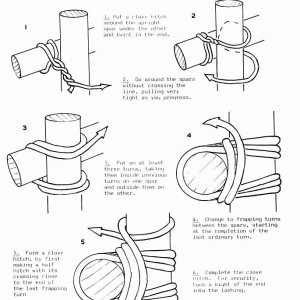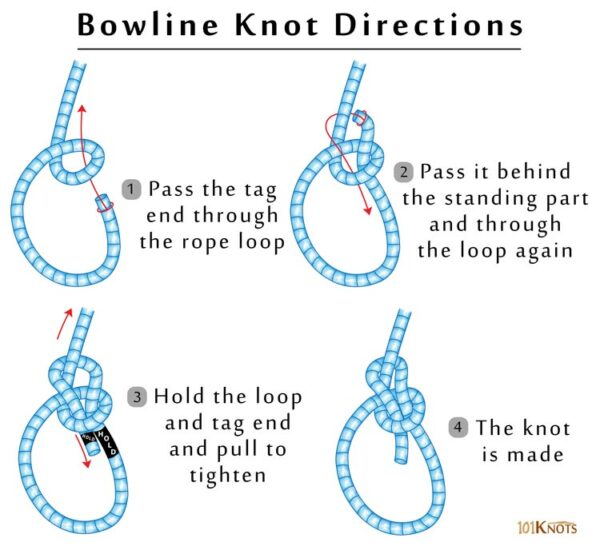


Over time the craft evolved becoming more and more sophisticated. However, some of the earliest records of Chinese knots date as far as 500 years before Buddhism, during the Zhou dynasty (1046-256 BC). Those are the characteristics that set Chinese knotting apart from other styles of knotting and macrame.Įven though they are most often consider folk art, Chinese knots embody the fundamental principles of Chinese’s aesthetic and philosophy: symmetry, balance, unity, and interconnections. have no distinctions between head and tail.Just like the Eternal Knot, Chinese Knots are:

The Pan Chang knot, for example, is inspired by the Eternal Knot, the Buddhist symbol of the ultimate unity of everything, and one of the “Eight Auspicious signs.” The significance of Chinese knots, 中国结 in Chinese, is deeply rooted in Buddhist and Taoist tradition. Wang Anshi (1021-1086) “First day of the New Year”, Northern Song Dynasty Upon a thousand doors and ten-thousand houses, the bright and glistening sun.Īll grab a hold of the new peach-wood to replace the old talisman. Spring winds send warmth and enter the Tusu wine (屠蘇). However, they are usually red, and they are everywhere!Īmidst the sounds of fireworks, one year slips away. Like every other year, the city is getting ready to celebrate: roads are lined with red lanterns, doors are covered with “upsidedown fortune”, red papercuts decorate the windows, new chopsticks are bought, new hopeless bans on fireworks are issued, updated Nianhua prints are framed, and knotted decors hung from every available surface.Ĭhinese knots differ in size, materials, some may include good luck charms, beading, or jade.


 0 kommentar(er)
0 kommentar(er)
